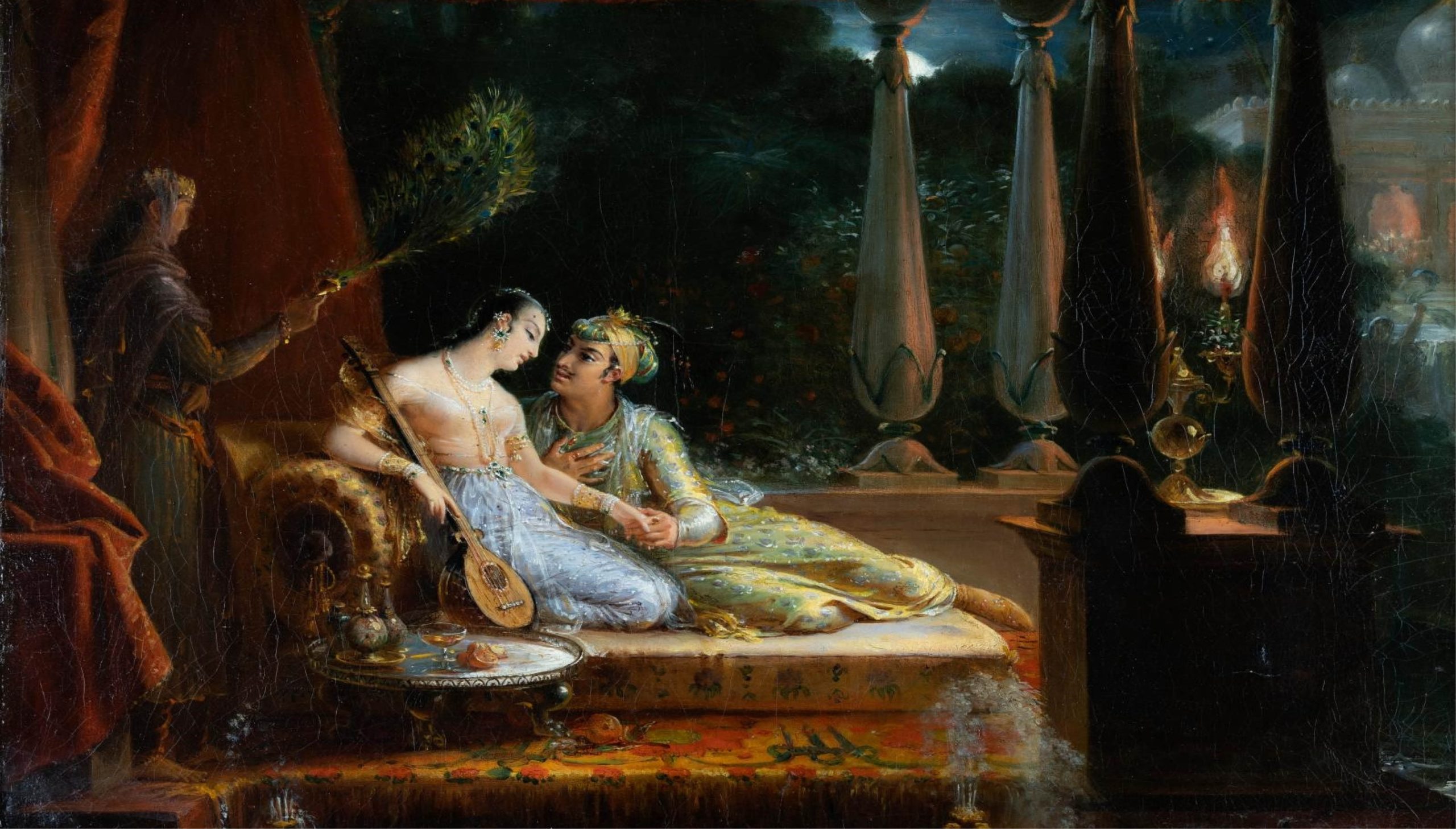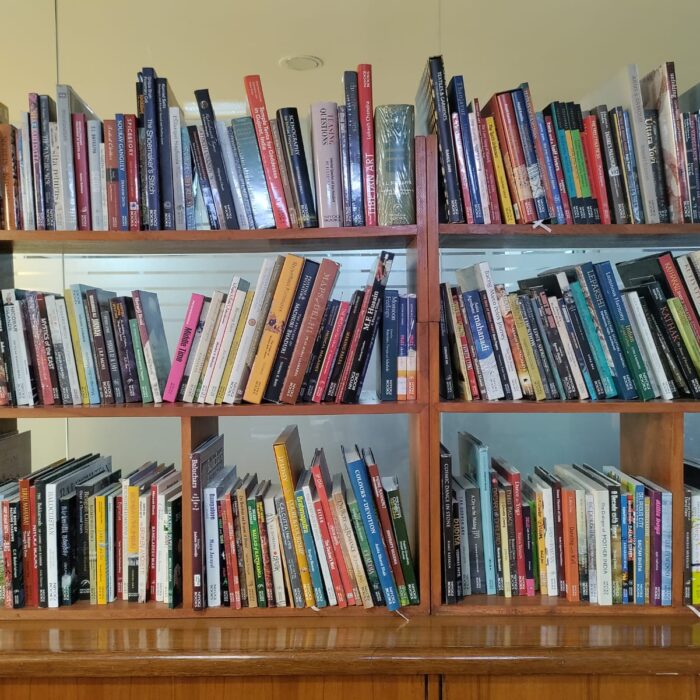
The Power Of Storytelling
She knew she was going to die. But, a well-read woman she was; she knew stories. She perused the books, legends, anecdotes as well as examples to weave captivating stories to prevent the fate, which was due to every virgin wife; the Shahryar married a day before. But, it was her narrative skills, which actually saved her every night for 1001 nights, till he fell in love with her and eventually married her. Doesn’t the story seem familiar? Yes, it is the same story, which gave birth to the 1001 Arabian Nights. It is a story retold millions of times, to millions of people, over millions of days; for this story spoke of the woman’s wit and knowledge and how it was inspirational to many young minds. But, most importantly we saw a storyteller save lives. Not just hers but also many more which would have preceded her, were it not for her. Still, we doubt at the very question being examined, Can Storytellers save lives?
Just the other day, I read in The New York Times that doctors are exploring the medicinal properties of purposeful storytelling. Through controlled trials, doctors have been able to observe that storytelling has been effective in controlling high blood pressure, which is well corroborated by the famous neuro-economist Paul Zak’s research, in which he reveals that, on one hand, brain produces cortisol during intense or sad moments, which allows one to focus, on the other, it produces oxytocin, which promotes empathy and connection. But, happy endings also produces dopamine, which makes one feel more hopeful and optimistic. Hence, the influence of storytelling is not just in myths but scientifically proven and practically applied. But, the idea may very well be said to have its genesis in the myths & folklores.
The link between storytelling and healing art is so ingrained in our human existence that we only need to look back. In fact, at a point of time, storytellers and healers were congruent. In some shamanic traditions, ritualistic telling of magical tales was seen as facilitators of specific acts of healing. In Korea, a very popular fairy tale called “Shimchong, the Blind Man’s Daughter,” was used in healing eyesight. Many such practices have been found in several cultures all over the world, be the Hispanics or the Gaelics, storytelling and shamanism went together hand-in-hand in healing. In her book, The Flying Tiger: Women Shamans and Storytellers of the Amur, author Kira Van Duesen wrote, “[T]hrough the power of words and sounds, stories and songs act directly on the listener to bring about healing and spiritual growth. More important than the content of the tales is the process of telling them — the way a storyteller chooses the tale, the details added or removed, the tone — all these make storytelling a spiritual act.” But, the question still remains can Storytellers save lives? Even though, in reality, it may appear far-fetched to see storytellers as recipients of bravery awards. But, literature didn’t feel so. It gave us examples just to the contrary. Scheherazade lived a happy married life and even had three children. The life she saved was maybe her own, nonetheless the premise still holds.
But, even before Scheherazade, Ved Vyas had exhibited the powers of a storyteller, at the very beginning of one of the greatest epics, Mahabharata. The episode of Janamejaya’s sarpa sattra or snack sacrifice is the one I am talking about, wherein a catastrophe was averted by a storyteller in the guise of Sage Astika, half-human half-serpent sage. On hearing the mistakes of his ancestors, Janamejaya realized how displaced his righteous indignation against the snakes was. Thus, saving not only Janamejaya and his future generations but also an entire specie of life form would have been wiped off the face of earth. Yet another example can be seen in the 25 tales of Baitāl pachchīsī. Based on earlier folk tales, stories of Vikram & Betaal are found in the eleventh century Sanskrit collection by Somadeva, titled Katha-Sarit-Sagara (Ocean of the Stream of Stories). Herein, too, the frame narrative is about the legendary King Vikramaditya & how the storyteller Betaal granted him lifelines and ultimately saved his life. In contemporary writing, Chitra Banerji Divakaruni’s One Amazing thing is one of the most captivating books with next-door storytellers like you and me. Storytellers hide in plain site.The nine stories shared in the basement of an embassy in San Francisco, not only stopped one another from killing each, but also made them survive the shortage of food, water and patience; as they fed on stories for over 60 days. Even though at first, the group thought it to be a ludicrous idea, it ended up creating storytellers who connected which each other; all of them from different age, background and nationality. Such is the power of a storyteller. These stories about storytellers may be argued, given they are statistically un-heavy. But, there will be nothing more ephemeral to our musings, if we try and implement similar nuances in our day-to-day lives and observe ourselves. So, I’d say, why don’t we just try it out?


